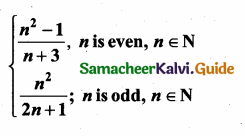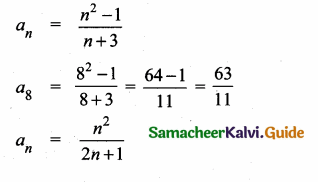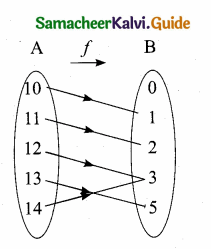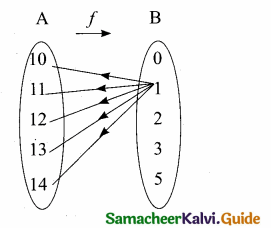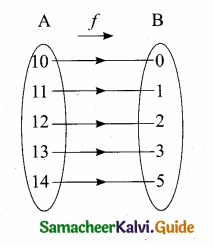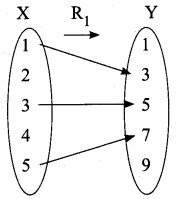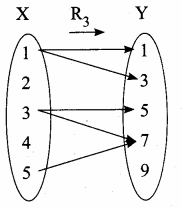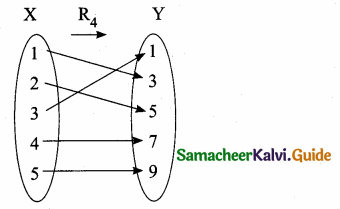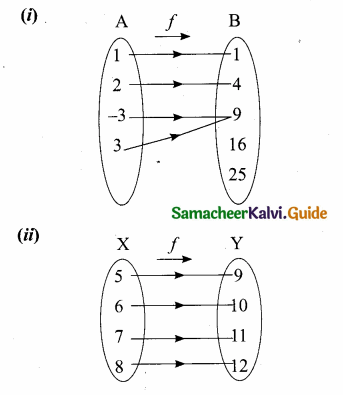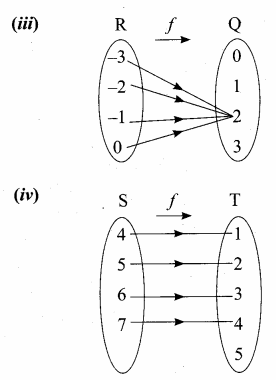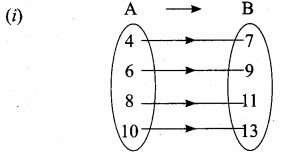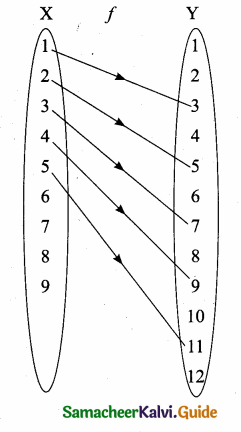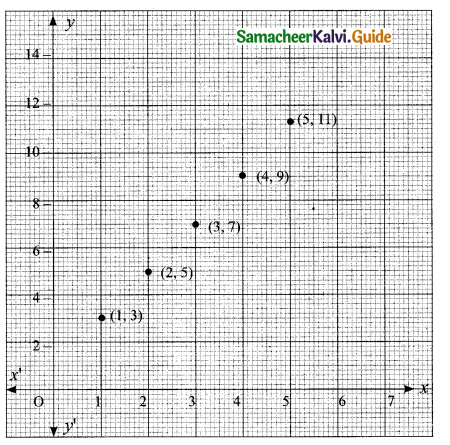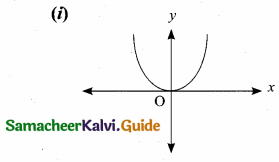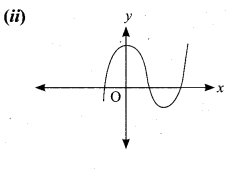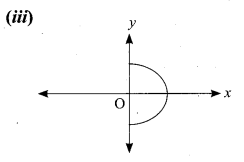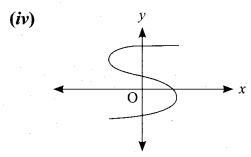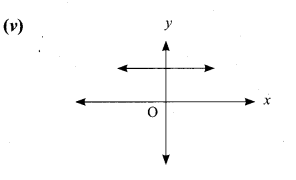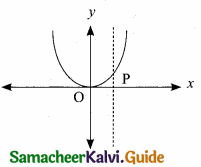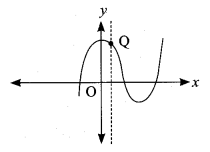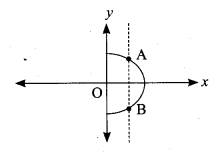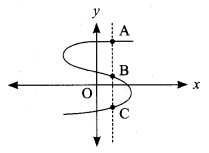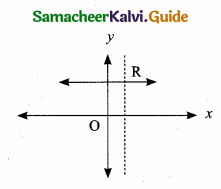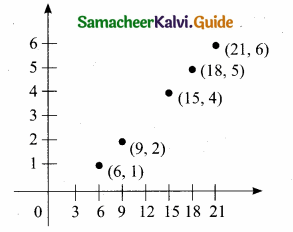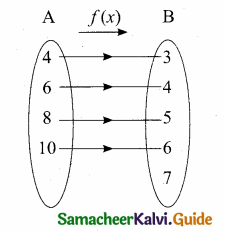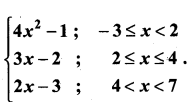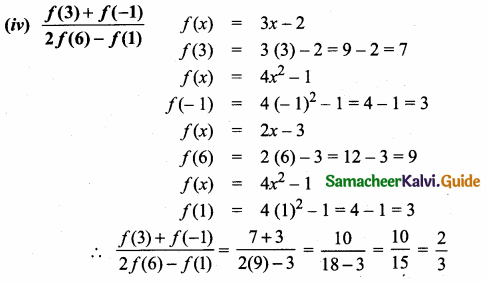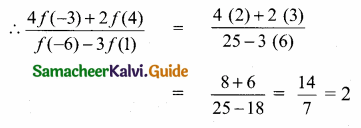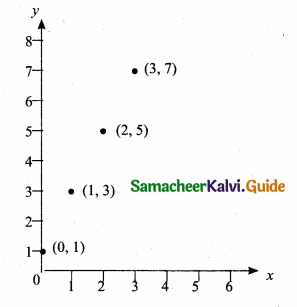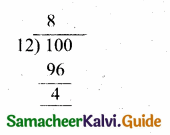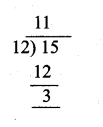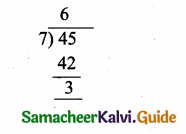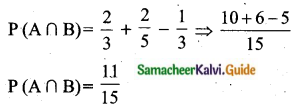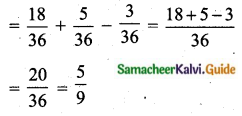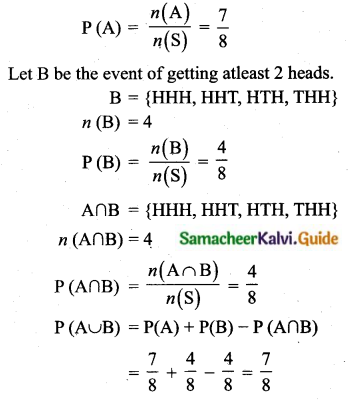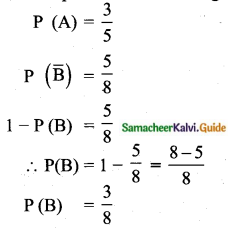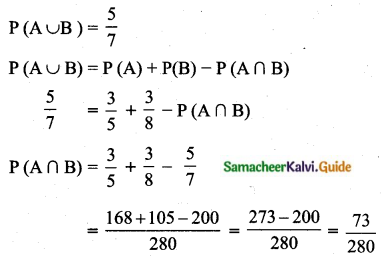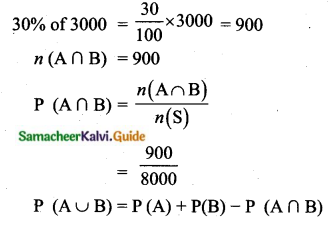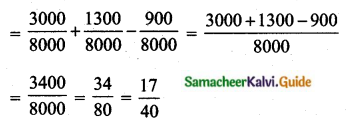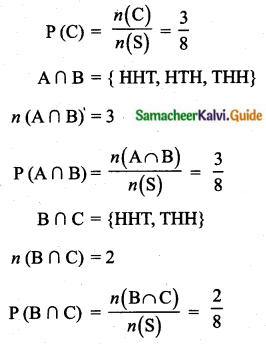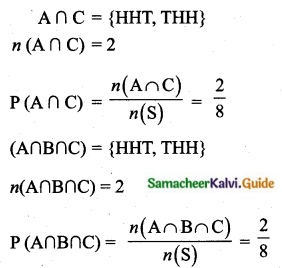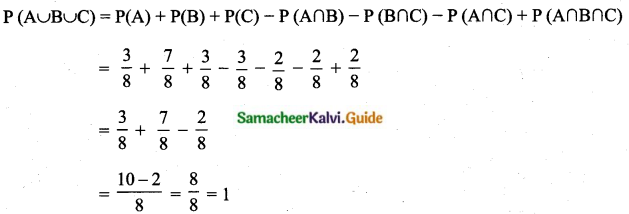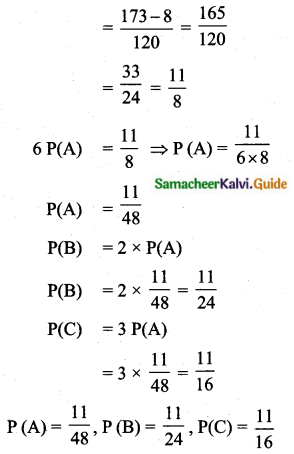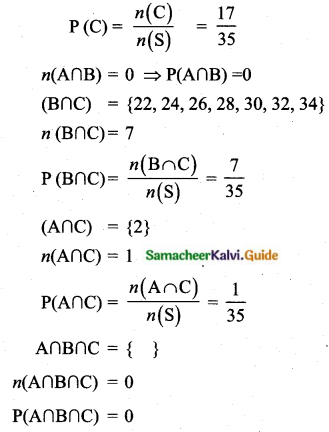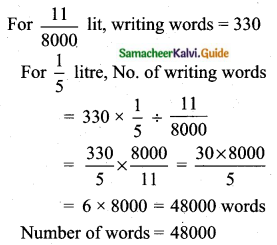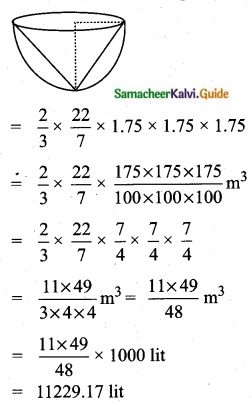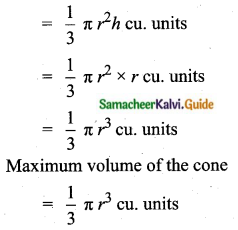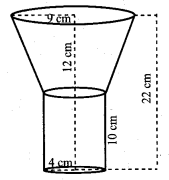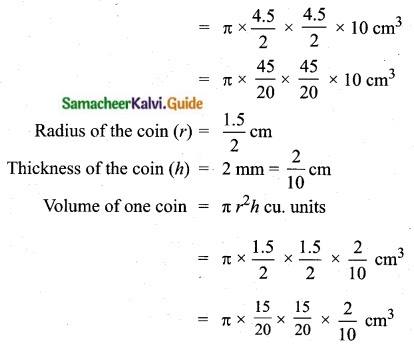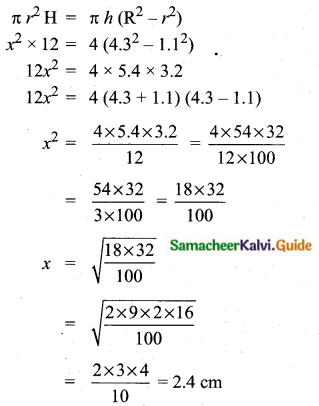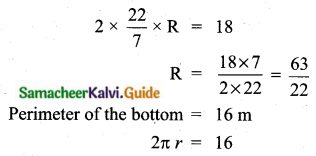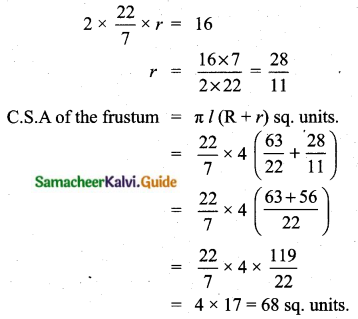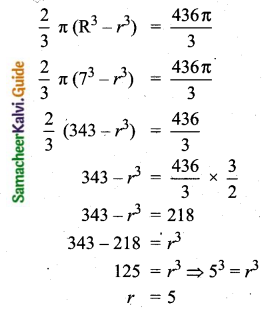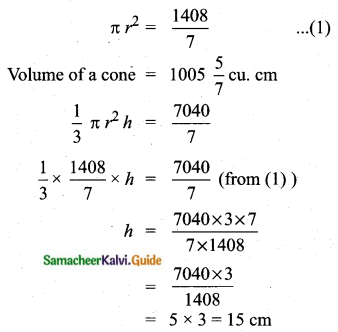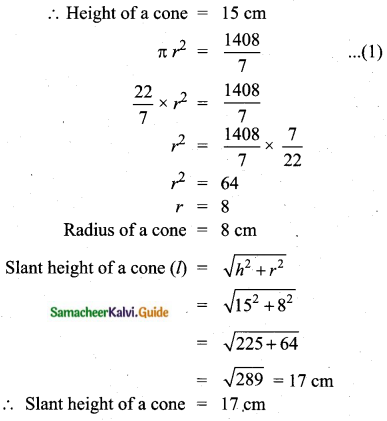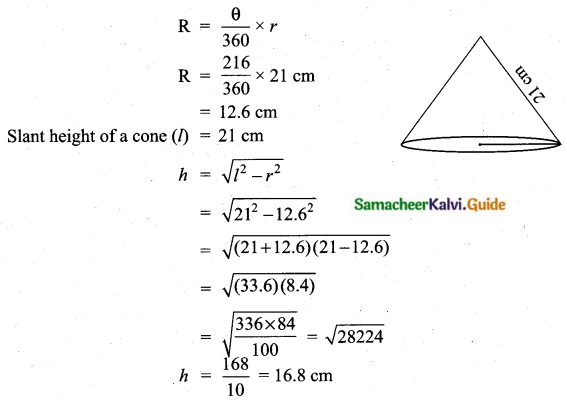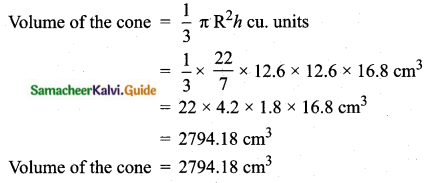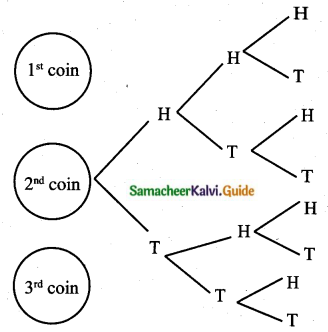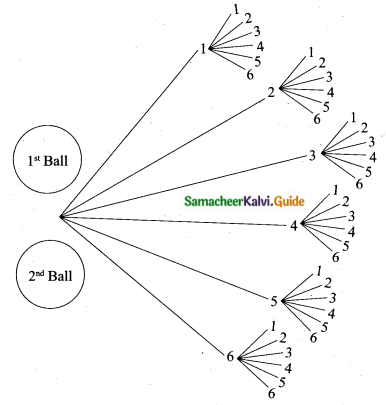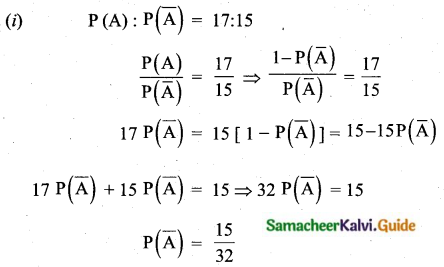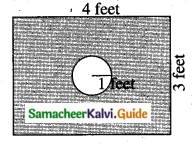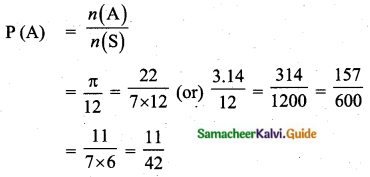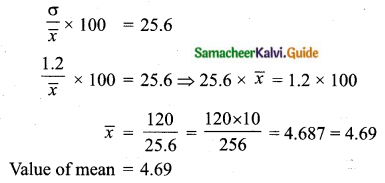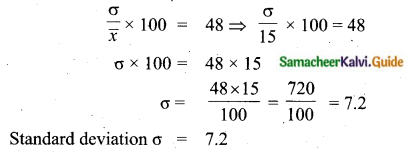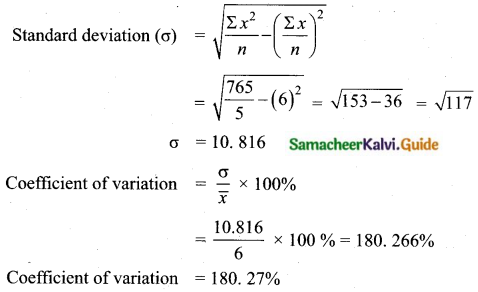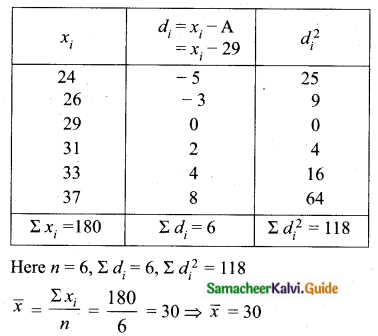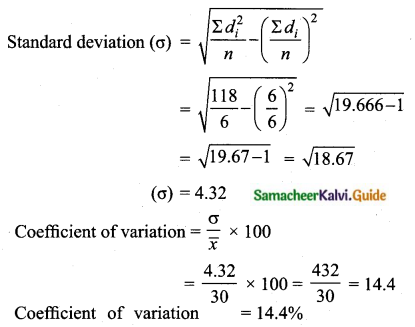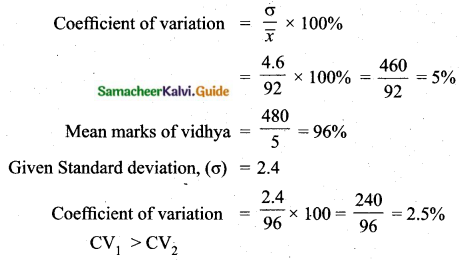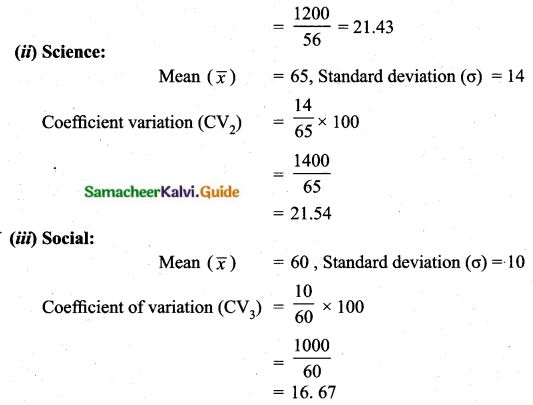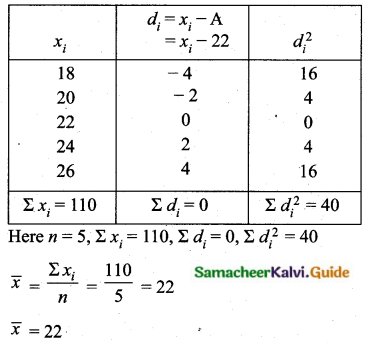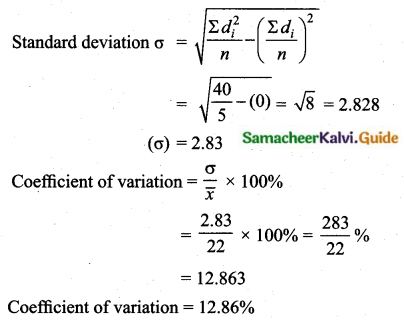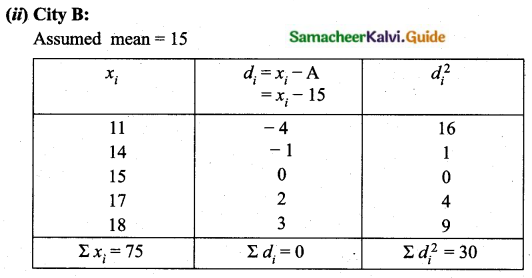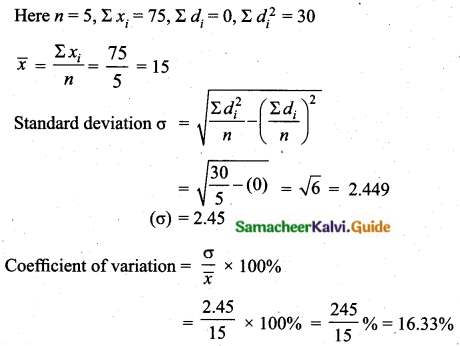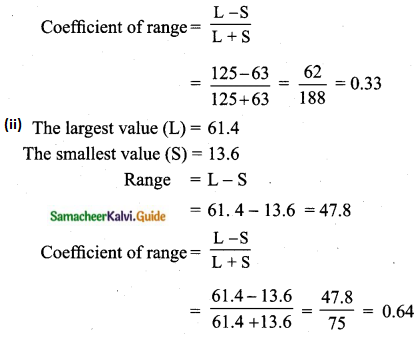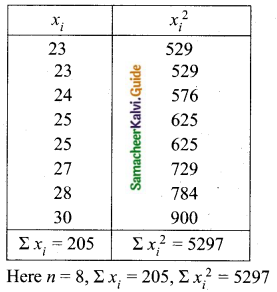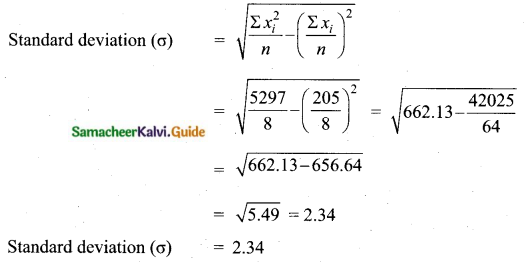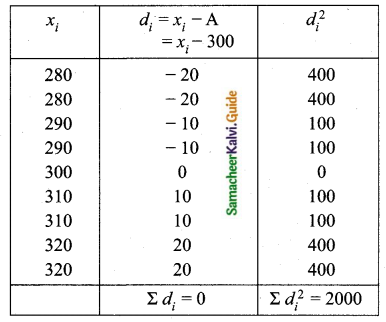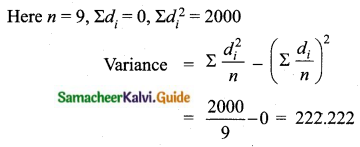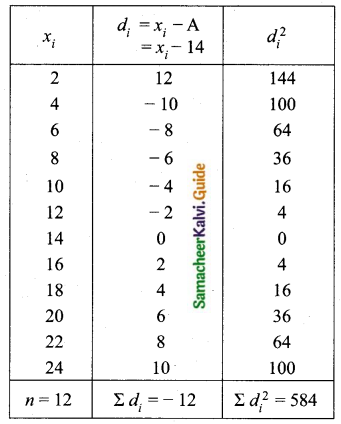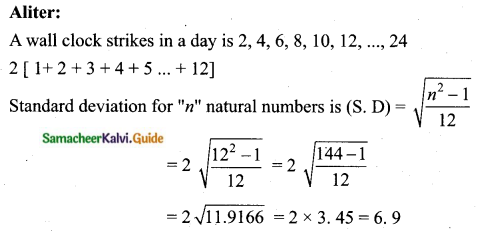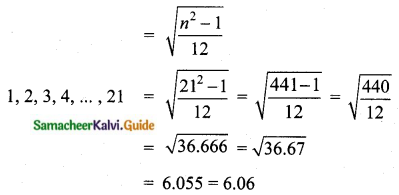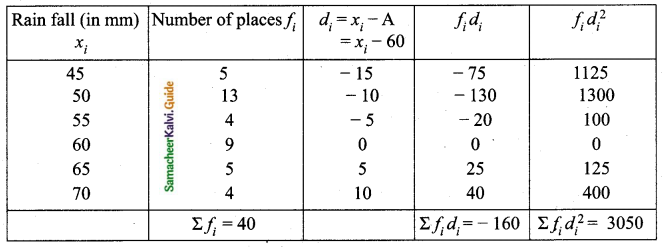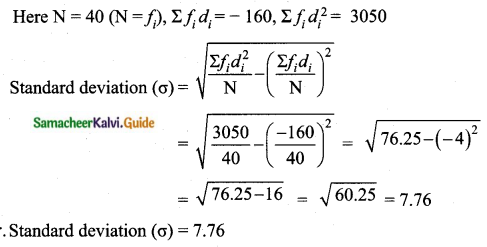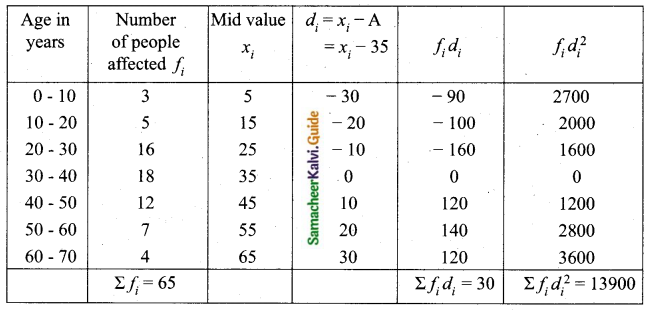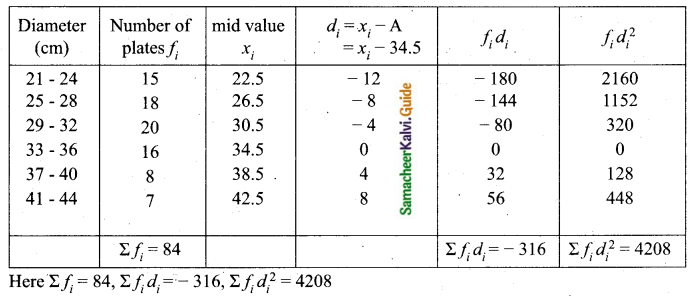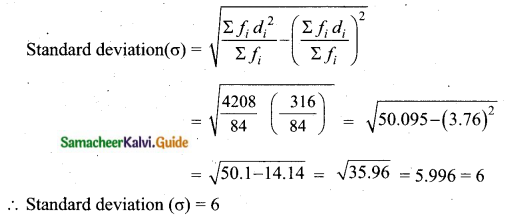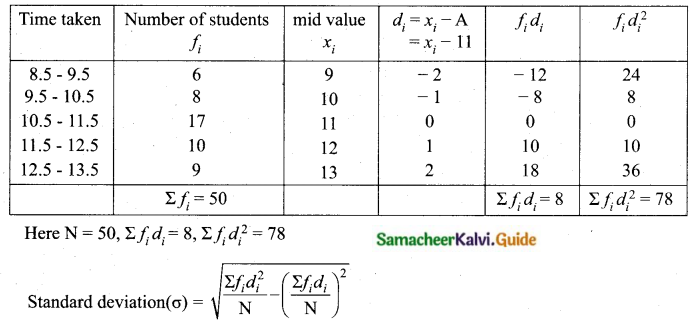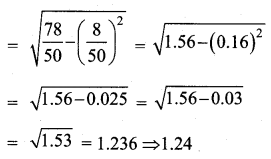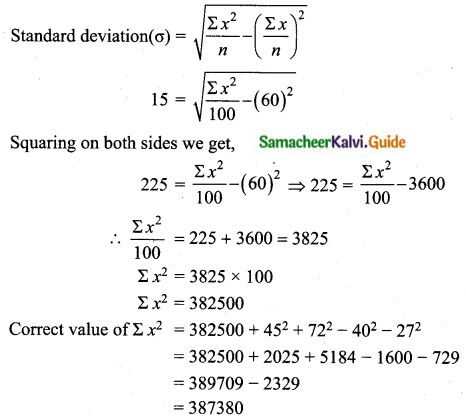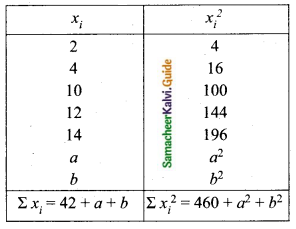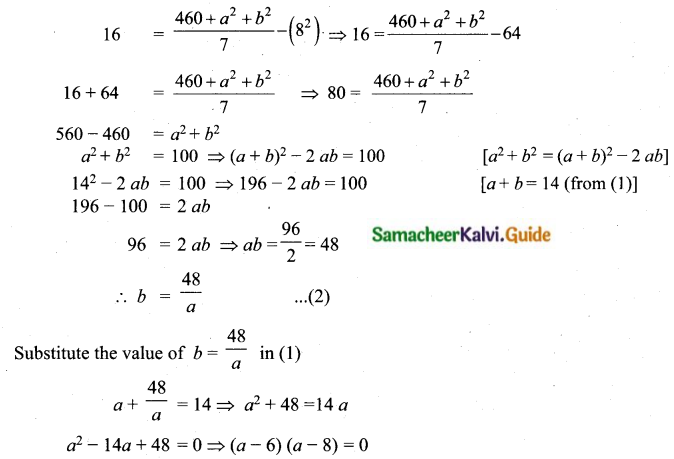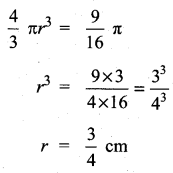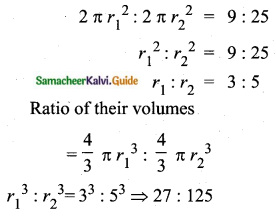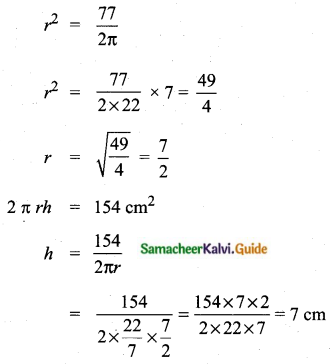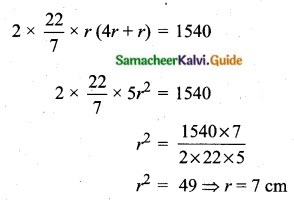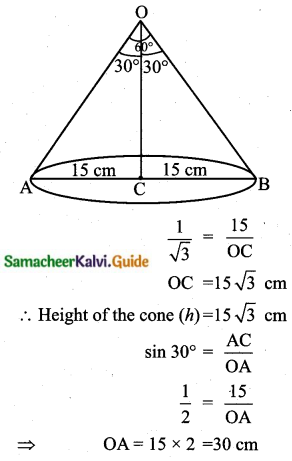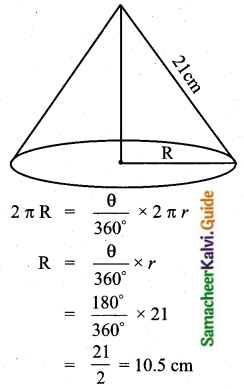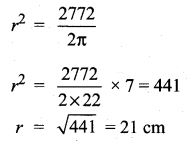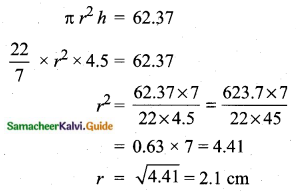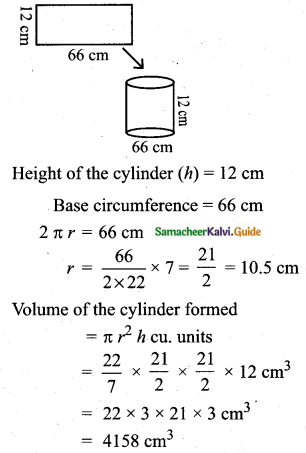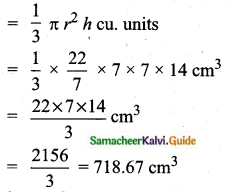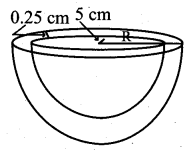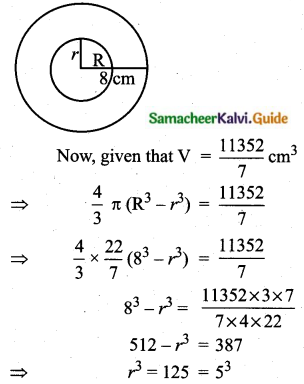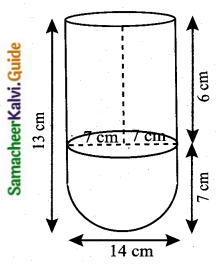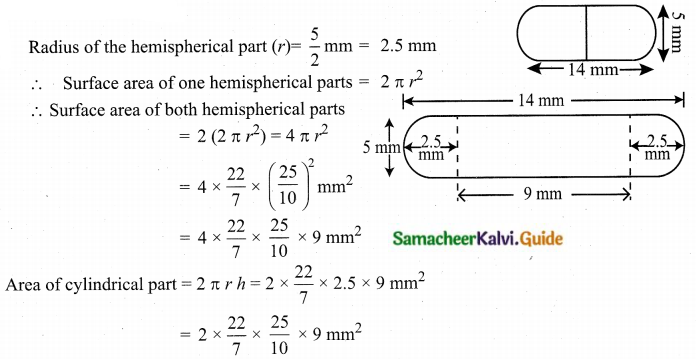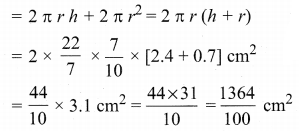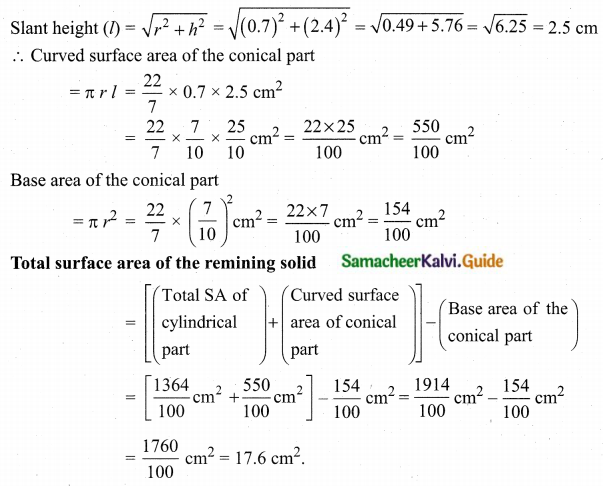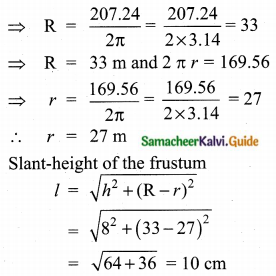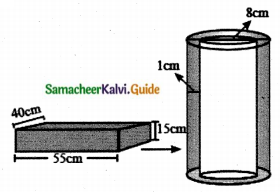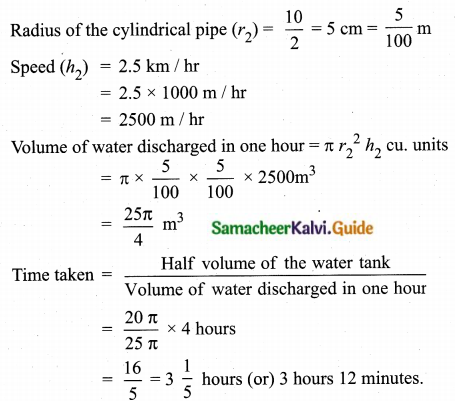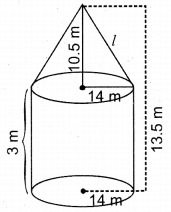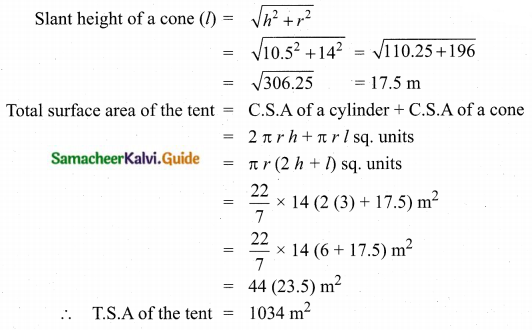Students can download Maths Chapter 2 Numbers and Sequences Ex 2.1 Questions and Answers, Notes, Samacheer Kalvi 10th Maths Guide Pdf helps you to revise the complete Tamilnadu State Board New Syllabus, helps students complete homework assignments and to score high marks in board exams.
Tamilnadu Samacheer Kalvi 10th Maths Solutions Chapter 2 Numbers and Sequences Ex 2.1
Question 1.
Find all positive integers which when divided by 3 leaves remainder 2.
Answer:
All the positive integers when divided by 3 leaves remainder 2
By Euclid’s division lemma
a = bq + r, 0 < r < b
a = 3q + r where 0 < q < 3
a leaves remainder 2 when divided by 3
∴ The positive integers are 2, 5, 8, 11,…
![]()
Question 2.
A man has 532 flower pots. He wants to arrange them in rows such that each row contains 21 flower pots. Find the number of completed rows and how many flower pots are left over.
Solution:
Using Euclid’s division algorithm,
a = 21q + r, we get 532 = 21 × 25 + 7.
The remainder is 7.
No. of completed rows = 25, left over flower pots = 7 pots.
Question 3.
Prove that the product of two consecutive positive integers is divisible by 2.
Answer:
Let n – 1 and n be two consecutive positive integers, then the product is n (n – 1)
n(n – 1) = n2 – n
We know that any positive integer is of the form 2q or 2q + 1 for same integer q
![]()
Case 1:
when n = 2 q
n2 – n = (2q)2 – 2q
= 4q2 – 2q
= 2q (2q – 1)
= 2 [q (2q – 1)]
n2 – n = 2 r
r = q(2q – 1)
Hence n2 – n. divisible by 2 for every positive integer.
Case 2:
when n = 2q + 1
n2 – n = (2q + 1 )2 – (2q + 1 )
= (2q + 1) [2q + 1 – 1]
= 2q (2q + 1)
n2 – n = 2r
r = q (2q + 1)
n2 – n divisible by 2 for every positive integer.
Question 4.
When the positive integers be a, b and c are divided by 13, the respective remainders are 9, 7 and 10. Show that a + b + c is divisible by 13.
Solution:
Let the positive integers be a, b, and c.
a = 13 q + 9
b = 13q + 1
c = 13 q + 10
a + b + c = 13q + 9 + 13q + 7 + 13q + 10
= 39q + 26
= 13 (3q + 2)
which is divisible by 13.
![]()
Question 5.
Prove that square of any integer leaves the remainder either 0 or 1 when divided by 4.
Answer:
Let the integer be ” x ”
The square of its integer is “x2 ”
Let x be an even integer
x = 2q + 0
x2 = 4q2
When x is an odd integer
x = 2k + 1
x2 = (2k + 1)2
= 4k2 + 4k + 1
= 4k (k + 1) + 1
= 4q + 1 [q = k(k + 1)]
It is divisible by 4
Hence it is proved
Question 6.
Use Euclid’s Division Algorithm to find the Highest Common Factor (H.C.F) of
(i) 340 and 412
(ii) 867 and 255
(iii) 10224 and 9648
(iv) 84, 90 and 120
Solution:
To find the H.C.F. of 340 and 412. Using Euclid’s division algorithm.
We get 412 = 340 × 1 + 72
The remainder 72 ≠ 0
Again applying Euclid’s division algorithm
340 = 72 × 4 + 52
The remainder 52 ≠ 0.
Again applying Euclid’s division algorithm
72 = 52 × 1 + 20
The remainder 20 ≠ 0.
Again applying Euclid’s division algorithm,
52 = 20 × 2 + 12
The remainder 12 ≠ 0.
Again applying Euclid’s division algorithm.
20 = 12 × 1 + 8
The remainder 8 ≠ 0.
Again applying Euclid’s division algorithm
12 = 8 × 1 + 4
The remainder 4 ≠ 0.
Again applying Euclid’s division algorithm
8 = 4 × 2 + 0
The remainder is zero.
Therefore H.C.F. of 340 and 412 is 4.
![]()
(ii) To find the H.C.F. of 867 and 255, using Euclid’s division algorithm.
867 = 255 × 3 + 102
The remainder 102 ≠ 0.
Again using Euclid’s division algorithm
255 = 102 × 2 + 51
The remainder 51 ≠ 0.
Again using Euclid’s division algorithm
102 = 51 × 2 + 0
The remainder is zero.
Therefore the H.C.F. of 867 and 255 is 51.
(iii) To find H.C.F. 10224 and 9648. Using Euclid’s division algorithm.
10224 = 9648 × 1 + 576
The remainder 576 ≠ 0.
Again using Euclid’s division algorithm
9648 = 576 × 16 + 432
Remainder 432 ≠ 0.
Again applying Euclid’s division algorithm
576 = 432 × 1 + 144
Remainder 144 ≠ 0.
Again using Euclid’s division algorithm
432 = 144 × 3 + 0
The remainder is zero.
There H.C.F. of 10224 and 9648 is 144.
(iv) To find H.C.F. of 84, 90 and 120.
Using Euclid’s division algorithm
90 = 84 × 1 + 6
The remainder 6 ≠ 0.
Again using Euclid’s division algorithm
84 = 6 × 14 + 0
The remainder is zero.
∴ The H.C.F. of 84 and 90 is 6. To find the H.C.F. of 6 and 120 using Euclid’s division algorithm.
120 = 6 × 20 + 0
The remainder is zero.
Therefore H.C.F. of 120 and 6 is 6
∴ H.C.F. of 84, 90 and 120 is 6.
![]()
Question 7.
Find the largest number which divides 1230 and 1926 leaving remainder 12 in each case.
Answer:
Find the HCF of ( 1230 – 12) and (1926- 12)
i.e HCF of 1218 and 1914
By Euclid’s division algorithm
1914 = 1218 × 1 + 696
The remainder 696 ≠ 0
By Euclid’s division algorithm
1218 = 696 × 1 + 522
The remainder 522 ≠ 0
Again by Euclid’s division algorithm
696 = 522 × 1 + 174
The remainder 174 ≠ 0 Again by Euclid’s division algorithm
522 = 174 × 3 + 0
The remainder is zero
∴ HCF of 1218 and 1914 is 174
The largest value is 174
![]()
Question 8.
If d is the Highest Common Factor of 32 and 60, find x and y satisfying d = 32x + 60y.
Solution:
Applying Euclid’s divison lemma to 32 and 60, we get
60 = 32 × 1 + 28 ……………. (i)
The remainder is 28 ≠ 0.
Again applying division lemma
32 = 28 × 1 + 4 ……………. (ii)
The remainder 4 ≠ 0.
Again applying division lemma
28 = 4 × 7 + 0 ………….. (iii)
The remainder zero.
∴ H.C.F. of 32 and 60 is 4.
From (ii), we get
32 = 28 × 1 + 4
⇒ 4 = 32 – 28 × 1
⇒ 4 = 32 – (60 – 32 × 1) × 1
⇒ 4 = 32 – 60 + 32
⇒ 4 = 32 × 2+(-1) × 60
∴ x = 2 and y = -1
Question 9.
A positive integer, when divided by 88, gives the remainder 61. What will be the remainder when the same number is divided by 11?
Answer:
Let the positive integer be “x”
x = 88 × y + 61 (a = pq + r)
since 88 is a multiple of 11
61 = 11 × 5 + 6
∴ The remainder is 6
![]()
Question 10.
Prove that two consecutive positive integers are always coprime.
Solution:
Let the numbers be I, I + 1:
They are co-prime if only +ve integer that divides both is 1.
I is given to be +ve integer.
So I = 1, 2, 3, ….
∴ One is odd and the other one is even. Hence H.C.F. of the two consecutive numbers is 1. Hence the result.
